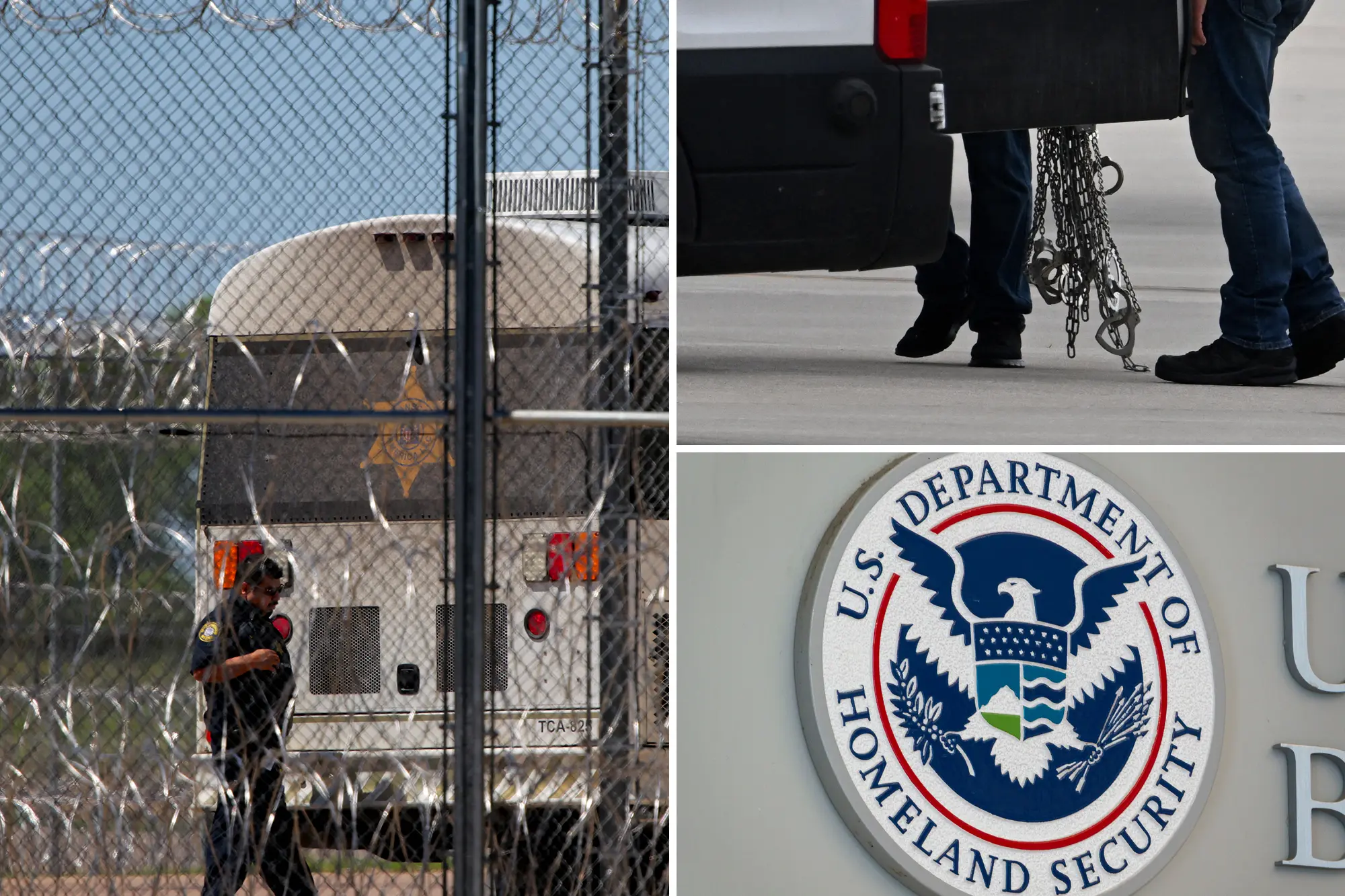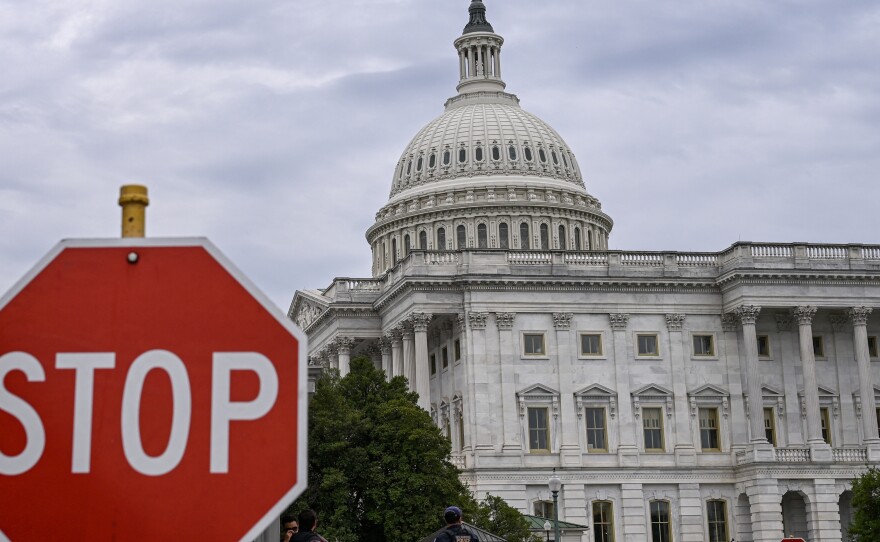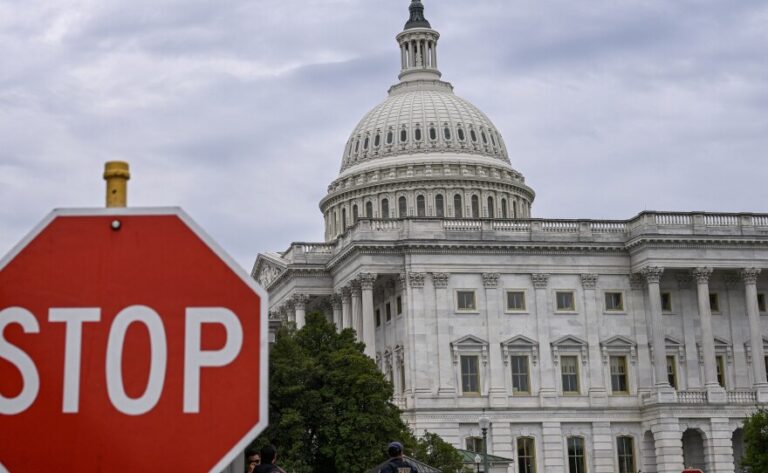The Trump administration has unveiled a sweeping new directive that eliminates bond hearings for millions of undocumented immigrants facing deportation proceedings, marking a dramatic shift in U.S. immigration enforcement policy that could lead to indefinite detention for those who entered the country illegally.
In a July 8 memo obtained by multiple news outlets, Todd M. Lyons, acting director of Immigration and Customs Enforcement, told officers that such immigrants should be detained “for the duration of their removal proceedings,” which can take months or years. The policy represents a significant departure from decades of legal precedent and is expected to face immediate legal challenges.
Scope and Impact of the New Policy
The guidance by the U.S. Immigration and Customs Enforcement, a portion of which Reuters reviewed, could be applied to millions of people who crossed the border illegally and are contesting their deportation. This includes immigrants who have resided in the United States for decades, have U.S. citizen children, and may have potential legal pathways to remain in the country.
The policy shift comes as Congress passed a spending law this month that provides funding to detain at least 100,000 people, a steep increase over the record 58,000 in custody by late June. The massive funding allocation includes $45 billion for building new immigration detention centers, including family detention facilities. This represents a 265 percent annual budget increase to ICE’s current detention budget.
Key Changes Under the New Directive
The memo fundamentally reinterprets immigration law provisions, treating them as “prohibitions on release” after an arrest, adding the shift in policy was “likely to be litigated.” Under the new guidance:
- Immigrants who entered the U.S. illegally are no longer eligible for bond hearings before immigration judges
- Detention decisions will be made solely by ICE officers, not immigration judges
- Release will only be possible through rare parole exceptions granted by immigration officers
- The policy applies retroactively to anyone who crossed the border illegally, regardless of when they entered
Legal Challenges and Expert Reactions
Tom Jawetz, a former homeland security official in the Biden administration, called it “a radical departure that could explode the detention population.” Immigration lawyers and advocacy groups have already begun mobilizing to challenge the policy in court.

“This is their way of putting in place nationwide a method of detaining even more people,” said Greg Chen, senior director of government relations for the American Immigration Lawyers Association. He added that the policy requires “the detention of far more people without any real review of their individual circumstances.”
Immediate Implementation and Effects
The impact of the new policy has been swift and widespread. Since the memos were issued last week, the American Immigration Lawyers Association said members had reported that immigrants were being denied bond hearings in more than a dozen immigration courts across the United States, including in New York, Virginia, Oregon, North Carolina, Ohio and Georgia.
Aaron Korthuis, a lawyer representing detained immigrants, described the government’s new interpretation as “flagrantly unlawful.” He emphasized that many affected individuals are long-term residents who “have been living here, all they’re doing is trying to make a living for their family.”
Constitutional and Human Rights Concerns
The policy raises significant constitutional questions about due process rights. A primary concern is the potential abrogation of due process rights, guaranteed by the Fifth Amendment, which applies to all “persons” within the U.S., including non-citizens.
The directive effectively means individuals could face indefinite detention while their cases navigate the immigration court system, which is already severely backlogged. The stark reality that only 23.4% of immigrants, including unaccompanied children, had legal representation when a removal order was issued in May 2025 further underscores the challenges faced by those navigating this complex system from detention according to TRAC Immigration.
Detention Capacity and Infrastructure
The policy change coincides with an unprecedented expansion of detention infrastructure. The new funding will enable ICE to:
- Double detention capacity from approximately 50,000 to 100,000 people daily
- Reopen family detention centers previously closed due to safety concerns
- Establish new facilities, including soft-sided structures in locations like the Everglades
- Create what critics describe as the largest detention system in U.S. history
Broader Immigration Enforcement Context
This policy is part of the Trump administration’s broader enforcement-focused immigration strategy. Since returning to the White House, President Donald Trump has made immigration enforcement one of his top priorities. Recent measures include:
- Declaring a national emergency at the U.S.-Mexico border
- Deploying hundreds of troops to the southern border
- Attempting to end birthright citizenship
- Suspending refugee resettlement programs
- Ending temporary humanitarian protections for thousands
Looking Ahead: Legal Battles and Policy Implications
Immigration advocates predict extensive litigation challenging the policy’s legality. The Northwest Immigrant Rights Project has already filed lawsuits in similar cases, arguing that refusing bond hearings violates immigrants’ constitutional rights.
As implementation continues, the policy’s effects will ripple through immigrant communities, detention facilities, and the already overburdened immigration court system. With removal proceedings often taking years to complete, the prospect of indefinite detention without judicial review represents a fundamental shift in how the United States treats immigrants within its borders.
The coming months will likely see intense legal battles as courts grapple with whether this dramatic expansion of detention authority can withstand constitutional scrutiny, while millions of immigrants face the prospect of prolonged detention with limited recourse.














